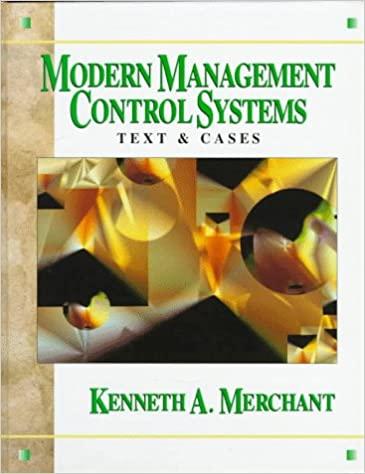Answered step by step
Verified Expert Solution
Question
1 Approved Answer
The Brick Company had cash sales of $229,900 for Year 1, its first year of operation. On April 2, the company purchased 158 units of
The Brick Company had cash sales of $229,900 for Year 1, its first year of operation. On April 2, the company purchased 158 units of inventory at $230 per unit. On September 1, an additional 119 units were purchased for $253 per unit. The company had 62 units on hand at the end of the year. The companys income tax rate is 40 percent. All transactions are cash transactions. Required
- The preceding paragraph describes five accounting events: (1) a sales transaction, (2) the first purchase of inventory, (3) a second purchase of inventory, (4) the recognition of cost of goods sold expense, and (5) the payment of income tax expense. Show the amounts of each event in horizontal statements models, assuming first a FIFO and then a LIFO cost flow.
- Compute net income using FIFO.
- Compute net income using LIFO.
- Which method, FIFO or LIFO, produced the larger amount of assets on the balance sheet?




Step by Step Solution
There are 3 Steps involved in it
Step: 1

Get Instant Access to Expert-Tailored Solutions
See step-by-step solutions with expert insights and AI powered tools for academic success
Step: 2

Step: 3

Ace Your Homework with AI
Get the answers you need in no time with our AI-driven, step-by-step assistance
Get Started


